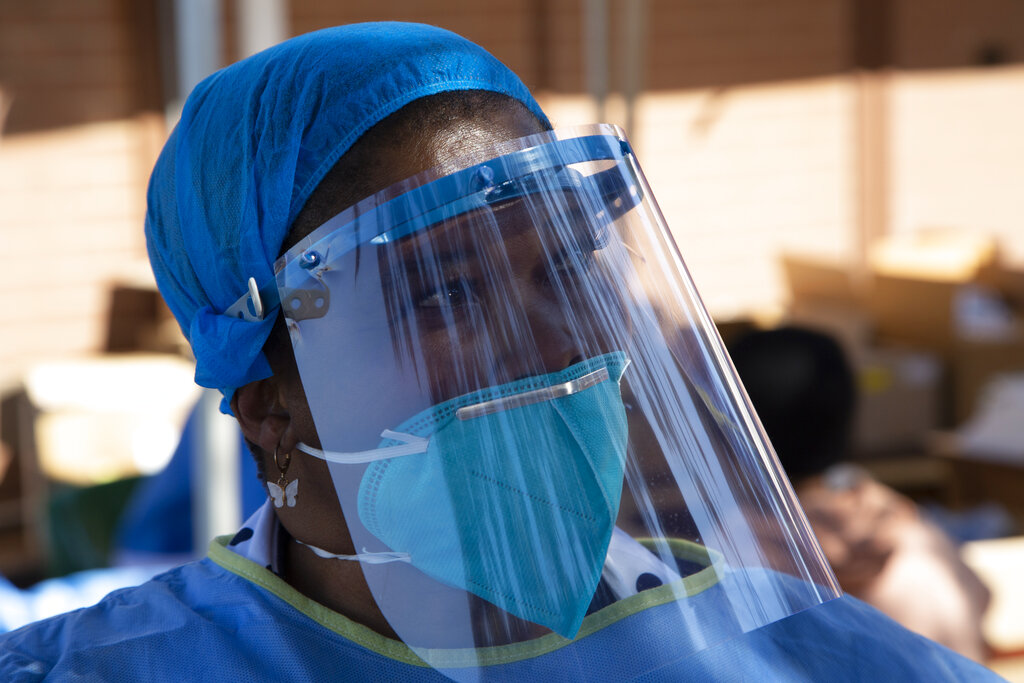Omicron Strains Spread Fast, But Other Diseases Move Faster
ADF STAFF
With the BA.4 and BA.5 strains of the omicron variant spreading rapidly around the world, scientists agree the viruses are more transmissible than their predecessors. What’s unclear, however, is just how quickly they are reproducing.
According to a team of Australian disease experts, the widely reported claim that BA.4 and BA.5 reproduce as quickly as measles, the most infectious disease in the world, is incorrect.
That claim used a calculation that was accurate early in the pandemic when no one was immune to the virus, but no longer applies to the current mix of virus evolution and population immunity, the group led by Freya Shearer, a senior fellow at the University of Melbourne, wrote recently in The Conversation.
“With the emergence of BA.4/5, there has been some confusion around how these concepts help us to understand why one variant spreads faster than another,” the experts wrote.
Epidemiologists measure a disease’s potential to spread by determining its R0 (pronounced “R-naught”) number — that is, the number of people a single infected person can pass the disease on to. The calculation applies best to populations with little to no immunity to an emerging disease.
The original COVID-19 virus had an average R0 value around 3. This means each person infected with the virus had the potential to pass it to three other people.
Each subsequent evolution of the COVID-19 virus, from alpha to omicron BA.5, replaced its predecessor by finding a way to spread more easily through the population. That does not mean, however, that the virus increased its reproductive rate.
“A variant can have a growth advantage and not actually be intrinsically more transmissible,” the Australian team wrote. “In fact, the R0 of variant A may be higher, lower, or the same as variant B.”
Other factors influence the ability of a virus to spread among populations:
- The virus could have a shorter generation time, meaning it becomes spreadable faster than other strains.
- It could be more capable of transmission due to genetic changes, such as alterations in the spike proteins that “unlock” cells for infection.
- The virus could get past a person’s existing immunity — what scientists call “immune escape” — allowing the pandemic to continue as the virus moves again through populations. That has been the case with omicron.
“Variants with very high levels of immune evasion can spread quickly in highly immune populations because there are simply more people in the population who are able to be infected,” the Australian team wrote. “But it doesn’t mean they are intrinsically more transmissible.”
BA.4 and BA.5 excel at slipping past established immunity, research has shown. Together, they account for about 40% of new COVID-19 cases in Africa, according to the Africa Centre for Disease Control and Prevention.
Thanks to immune escape, BA.4 and BA.5 led to a fifth wave of infections in April and May in South Africa, where studies show 98% of the population has some level of immunity to COVID-19. The strains also appear to be building a fifth wave in Nigeria, according to recent reports.
Public health experts promote masking, social distancing and hygiene to interrupt the spread of the virus. Each new infection is a new opportunity for another strain of COVID-19 that could prolong the pandemic.
“We have learned by now that we underestimate this virus at our peril,” World Health Organization Director General Dr. Tedros Adhanom Ghebreyesus said during a briefing shortly after omicron appeared in southern Africa at the end of 2021.
But are BA.4 and BA.5 reproducing faster than previous strains?
It’s hard to tell, according to the Australian team.
“With the emergence of each new variant, the task has become more challenging as the population’s infection history (whether you’ve been infected before, when and how many times) makes interpretation of the data more and more difficult,” the team wrote. “And, so, it is now very difficult to estimate the R0 for BA.4/5.”


Comments are closed.